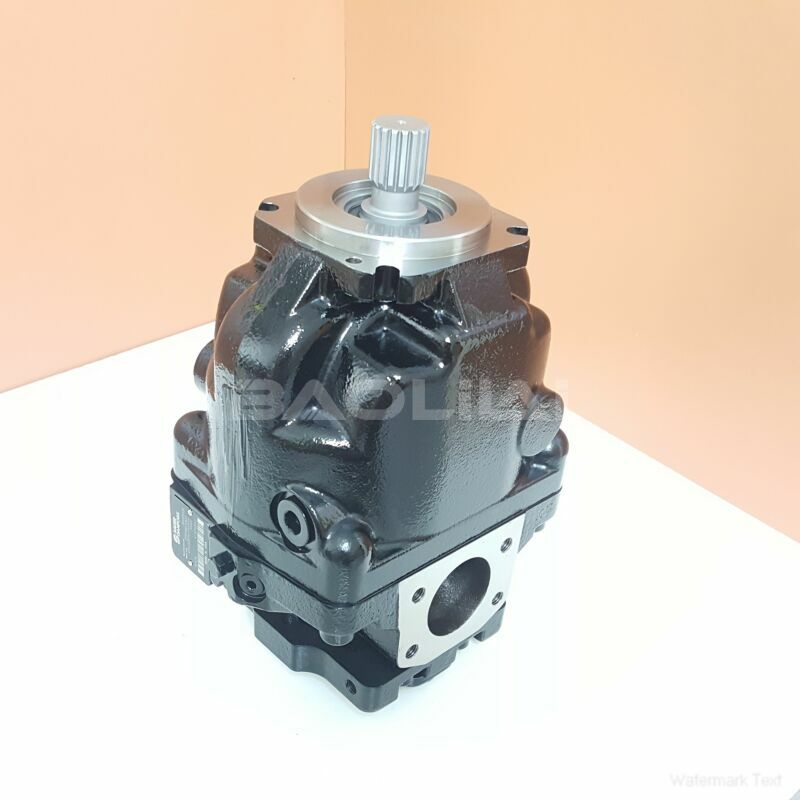ERL130BLS2030NNN3S1NPA1NAAANNNNNN danfoss pump
ERL130BLS2030NNN3S1NPA1NAAANNNNNN danfoss pump

- Product Details
- Applicable Scene
The materials used in the construction of a plunger pump are vital for its longevity and performance. In harsh oil and gas environments, pumps may encounter corrosive substances, high temperatures, and abrasive particulates. Selecting pumps with the right materials—such as stainless steel, carbon steel, or specialized alloys—can greatly enhance durability. For applications involving corrosive fluids, opting for pumps with protective coatings or linings may be necessary.
ER-L-130B-LS-20-30-NN-N-3-S1NP-A1N-AAA-NNN-NNN
ERL130BLS2030NNN3S1NPA1NAAANNNNNN
Maintenance and Serviceability

7000681
Ease of maintenance and serviceability should also be considered when selecting a plunger pump. The oil and gas industry often operates in remote locations, making regular maintenance challenging. Look for pumps that offer easy access to internal components for routine inspections and repairs. Additionally, consider manufacturers that provide technical support and service agreements to help minimize downtime.
Efficiency and Cost
Finally, evaluate the efficiency of the plunger pump in relation to its cost. While it may be tempting to select the cheapest option, it is essential to balance upfront costs with long-term operational savings. Energy-efficient pumps may have higher initial costs but can lead to significant savings over time due to reduced energy consumption and lower maintenance expenses.
Conclusion
Selecting the right plunger pump for oil and gas industry applications is a complex process that requires careful analysis of the application, flow rate requirements, pressure ratings, material selection, maintenance needs, and cost considerations. By thoroughly assessing these factors, companies can ensure their operations run smoothly and efficiently, ultimately contributing to profitability and safety in their operations.





